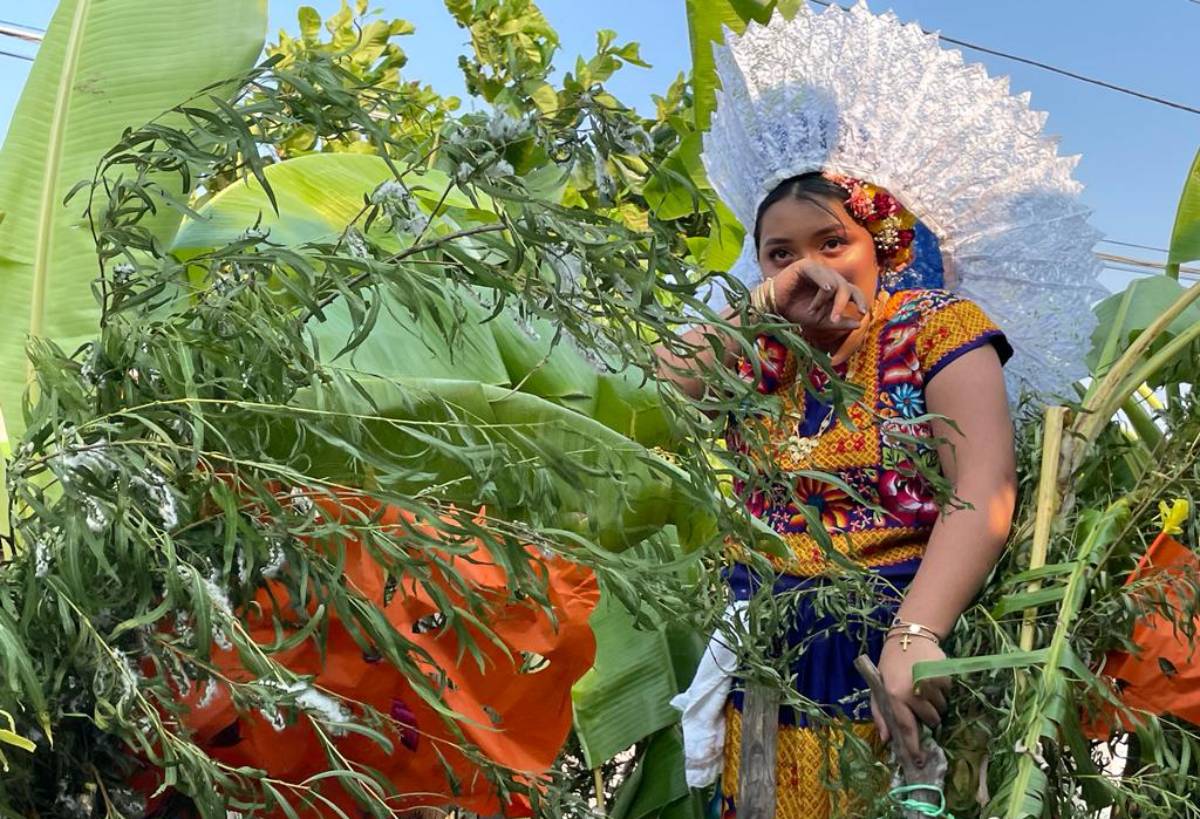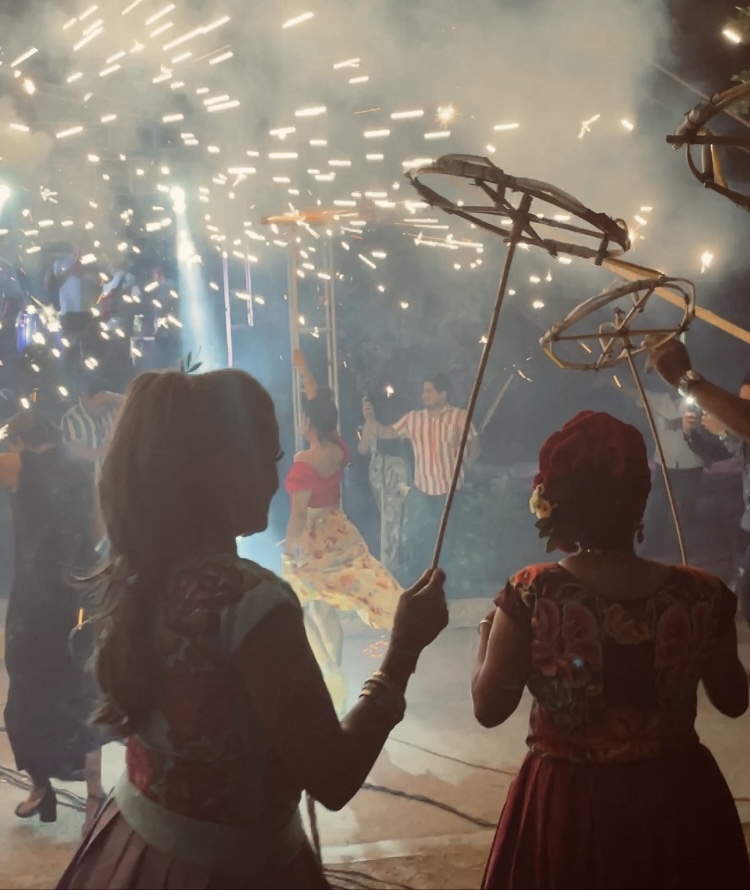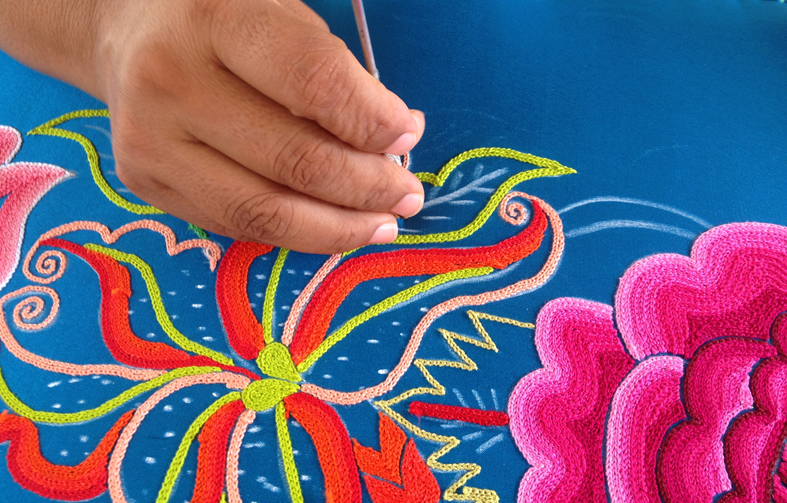The “Velas” festivities of the Isthmus of Tehuantepec, Oaxaca
The Isthmus of Tehuantepec is a narrow strip of land located in southeastern Mexico, connecting the Pacific and Atlantic oceans. The region is known for its rich cultural and ethnic diversity and inhabited by different indigenous groups, the most prominent being the Zapotecs, Mixtecs, and Ikoots (Huaves).
The “Velas” festivities are one of the most emblematic festivals of the Isthmus of Oaxaca. Anthropological and historical studies estimate that their origins date back to the 19th century. The Oaxacan historian Manuel Martínez Gracida, in his article “Las velas tehuantepecanas”, suggested that the different “Velas” corresponded to the different seasons of the year and to pre-Hispanic gods.

Nowadays, during these celebrations, communities gather to honor their patron saints with processions, dances and traditional music. The influence of pre-Hispanic polytheism, characterized by the worship of natural phenomena, animals, and fruits are also still attributed to these festivities.
The “Velas” festivities, literally mean “Candles” festivities, because the streets and houses are lit with candles and lanterns, creating a magical and cozy atmosphere. There are also dancing contests in which participants wear traditional costumes and dance to the sound of traditional music from the isthmus.
These are gala celebrations, attended in formal Zapotec dress. The women wear a Gala Tehuana costume which consists of a blouse called a huipil, a wide and colorful petticoat and a shawl to cover the head and shoulders and heels; they adorn themselves with gold jewelry and braided and flowered hairstyles. The men wear black trousers and a guayabera.

The Gala Tehuana costume is an iconic garment of the Isthmus culture of Oaxaca and a sample of the cultural richness of the region. It is also a sign of the strength and resilience of Isthmian women, and a way of affirming their identity and celebrating their history and culture. Each element of the costume is an expression of the creativity and skill of the artisans who weave and embroider the huipiles and petticoats using traditional techniques.
Walking through the streets of the communities of the Isthmus of Oaxaca, you can admire the beauty and detail of the tehuana embroidery. With needle and thread, women weave stories and traditions into the petticoats and huipiles they wear during festivals and celebrations. The Tehuana embroidery is a craft that has been passed down from generation to generation; the colorful threads and intricate designs tell the stories of their people.

